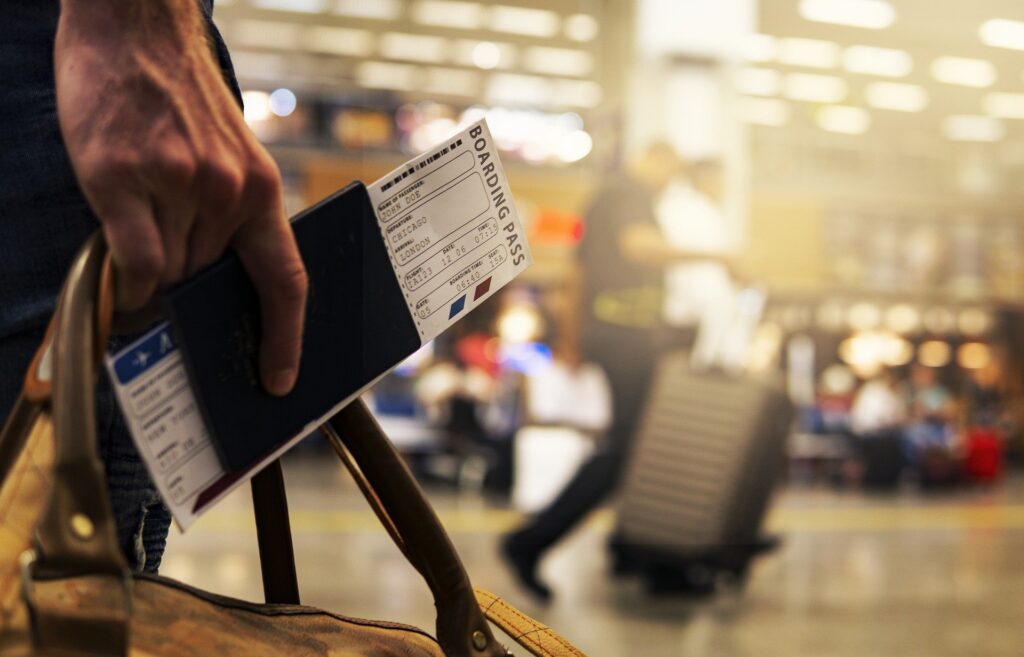About 349,000 people, or 4.7 percent of the population, had contracted Covid-19 infection across Austria by mid- or late October. This is the result of the first nationwide antibody study presented by Statistik Austria and the Ministry of Education on Friday. Sixty-one percent of those who tested positive for antibodies to SARS-CoV-2 had not previously been registered as Corona cases. The so-called seroprevalence is higher in the West than in the East.
Between Nov. 12-14, blood was drawn from 2,229 people over the age of 16 as part of the representative “Covid-19 Prevalence Study” commissioned by the Ministry of Education and conducted by Statistics Austria in collaboration with the Red Cross and the Medical University of Vienna. Neutralizing antibodies protective against infection with the SARS-CoV-2 virus were detected in a total of 92 samples. Since it is assumed that it takes around three weeks to form such an immune response, this value therefore reflects the status around the middle or end of October.
How many infected
The extrapolation of this figure suggests that since the beginning of the pandemic, approximately 349,000 people in private households in Austria have contracted the disease. The statistical range allowed by the study is between 282,000 and 420,000 affected people over the age of 16.
Among those who tested positive for antibodies in the study, 61 percent had not previously been registered in the Epidemiologic Notification System (EMS). Twenty-six of these 57 study participants reported only one or no Covid 19 symptom, and the majority also believed they had not been infected or were unlikely to have been infected.
In the antibody study conducted as part of the prevalence study to estimate those currently infected (dark count study), there was also a west-to-east divide in those who had already been infected. The seroprevalence in Vorarlberg, Tyrol, Salzburg and Upper Austria was 5.7 percent, higher than the 3.8 percent calculated for Vienna, Lower Austria and Burgenland.
- hp, source: futurezone.at. picture: pixabay.com
This post has already been read 1169 times!



